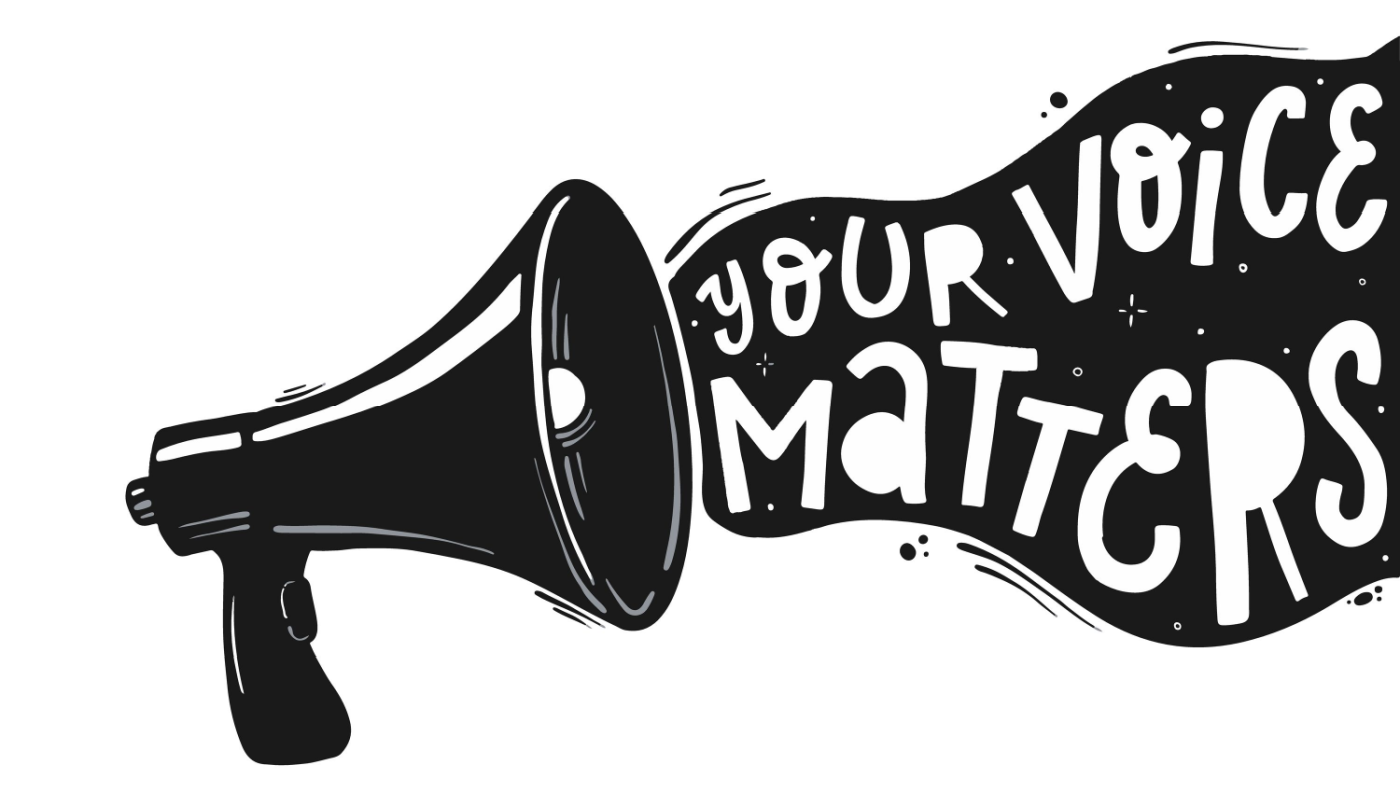First time documentary makers - Your VOICE matters!
Once you’ve decided on a subject or story for your documentary, the next stage is to work out how you’re going to tell it - but how?
At Chocolate Films workshops we have one simple tip to help you plan the kind of content you’ll need to collect: use your VOICE
V stands for voiceover
Who is going to narrate your story? This could be an off-screen narrator or an on-screen presenter. What will they say, and how will they say it? Or will you choose not to have a narrator and let the interviews and story?
O is for observation
Observational footage - sometimes called actuality or verite footage - is the kind of content you shoot if your story is happening right now. Will you be able to capture this for your film? (if so, always remember to get it from lots of different angles!)
I is for interviews
Most documentaries include some interviews. Who will you talk to? What will you ask them? And how will you shoot it? Background, lighting and eyeline make a big difference when shooting interviews.
C is for cutaways
Whatever you’re shooting, always get a few extra shots. It could be a wide shot or hands in an interview, or an exterior or different perspective of your actuality. They’ll help you so much in the edit.
And finally E is extras
The great thing about documentaries is that you can include all kinds of images and video - graphics, photos, animations, newspaper articles, old footage, train tickets, pizza boxes - whatever! Think about what will help you tell your story - and always ask permission.
When you put all of these together you get the most important thing you need for your documentary - your VOICE as a documentary maker! If you tell your story in your way, you’re unlikely to go wrong!

